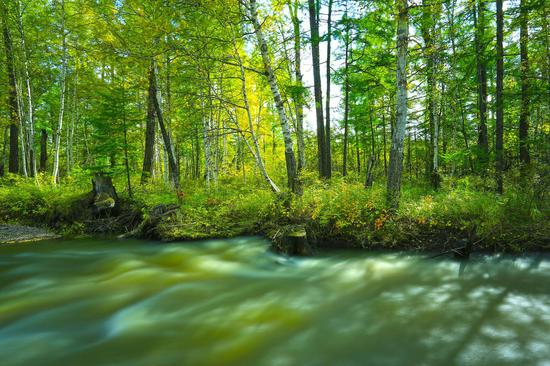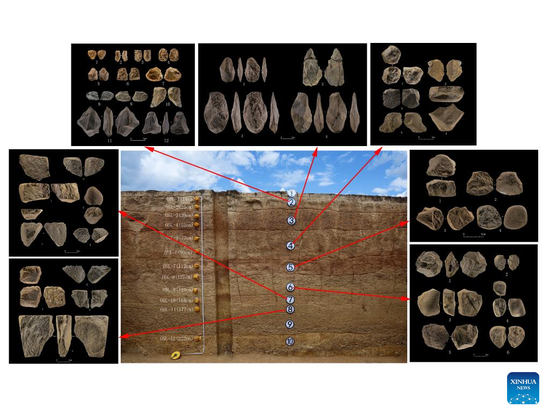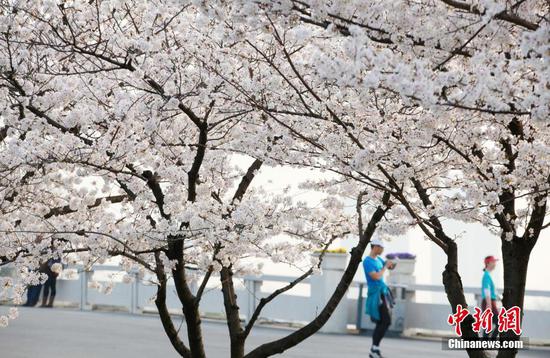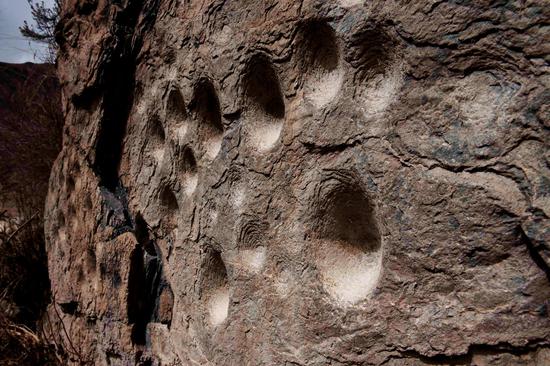Native forests with rich vegetation should be prioritized in ecosystem conservation as they can store more carbon, provide more water, and better prevent soil erosion and support biodiversity than simple tree plantations, according to a new study published online in the journal Science.
Researchers from seven countries, including China, Britain and Brazil, assessed approximately 26,000 records from 264 field surveys in 53 countries. They found that not all forest restoration approaches yielded the same results, while native forests, which contain a mix of different tree, shrub and herbaceous species, outperformed manmade forests of a limited number of tree species in ecosystem services, such as carbon storage, soil erosion control and water provisioning.
Soil erosion control in particular suffers the most with plantation-style forest restoration, while water provisioning is especially problematic in drier climates - precisely where water is scarcer, according to the researchers.
The comparison of the two major forest restoration approaches has come under the spotlight on Monday, the International Day of Forests, marked annually on March 21.
Tree plantations have an advantage in wood production, but they are not as helpful as restoring natural forests when it comes to the conservation of biodiversity, according to the study.
"When restoration goals are about environmental benefits, we should aim to restore native forests," said Hua Fangyuan, first author of the study and a researcher at Peking University's Institute of Ecology.
The study also found that for many old or abandoned plantations across the world that are no longer used for wood production, restoring them to natural forests will generate greater environmental benefits.
Hua told Xinhua that several research teams, for example in Beijing and Sao Paulo, have attempted to replicate the species richness of primary forests in the plantations to restore biodiversity and ecosystem functioning.
The researchers said this was the first global study comparing the performances of the two major reforestation approaches. "We can now begin to understand the synergies and trade-offs across different restoration goals, and so help inform decision-making," said co-author Andrew Balmford, from the University of Cambridge's Department of Zoology.


















































 京公网安备 11010202009201号
京公网安备 11010202009201号